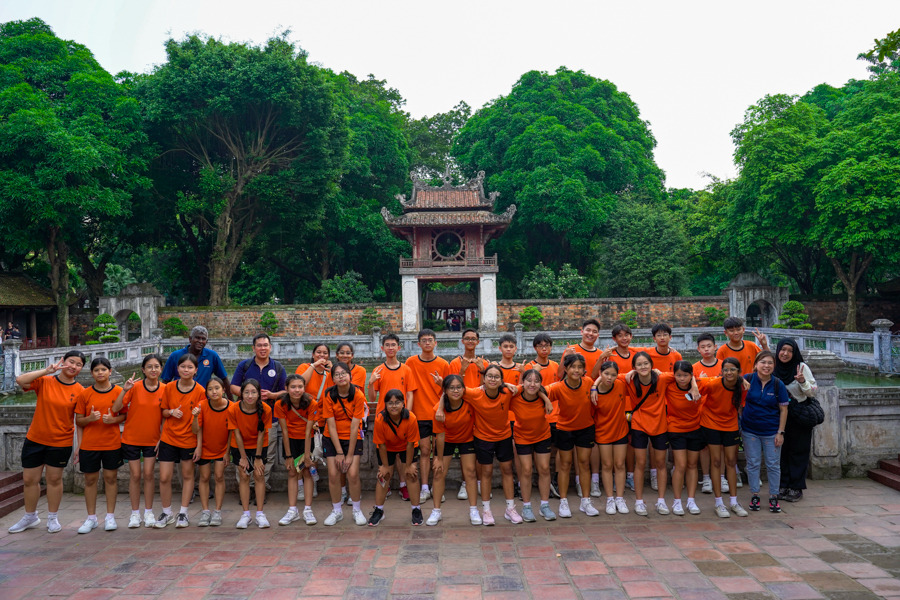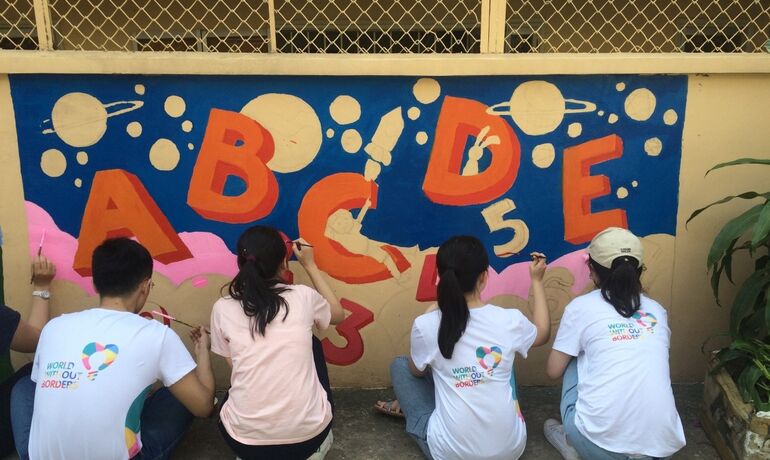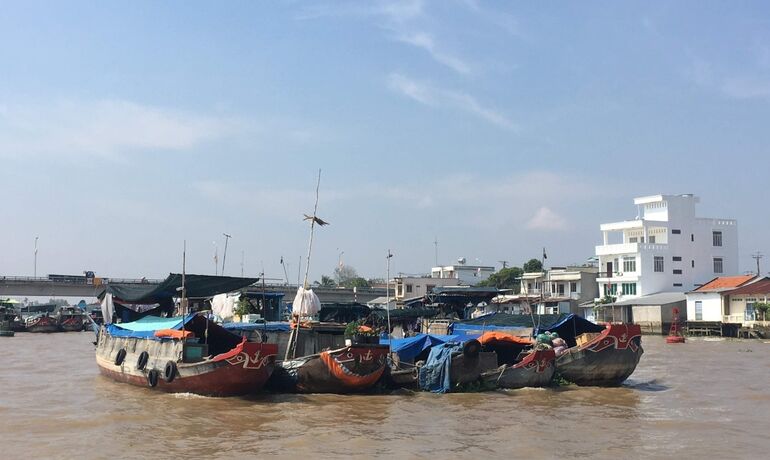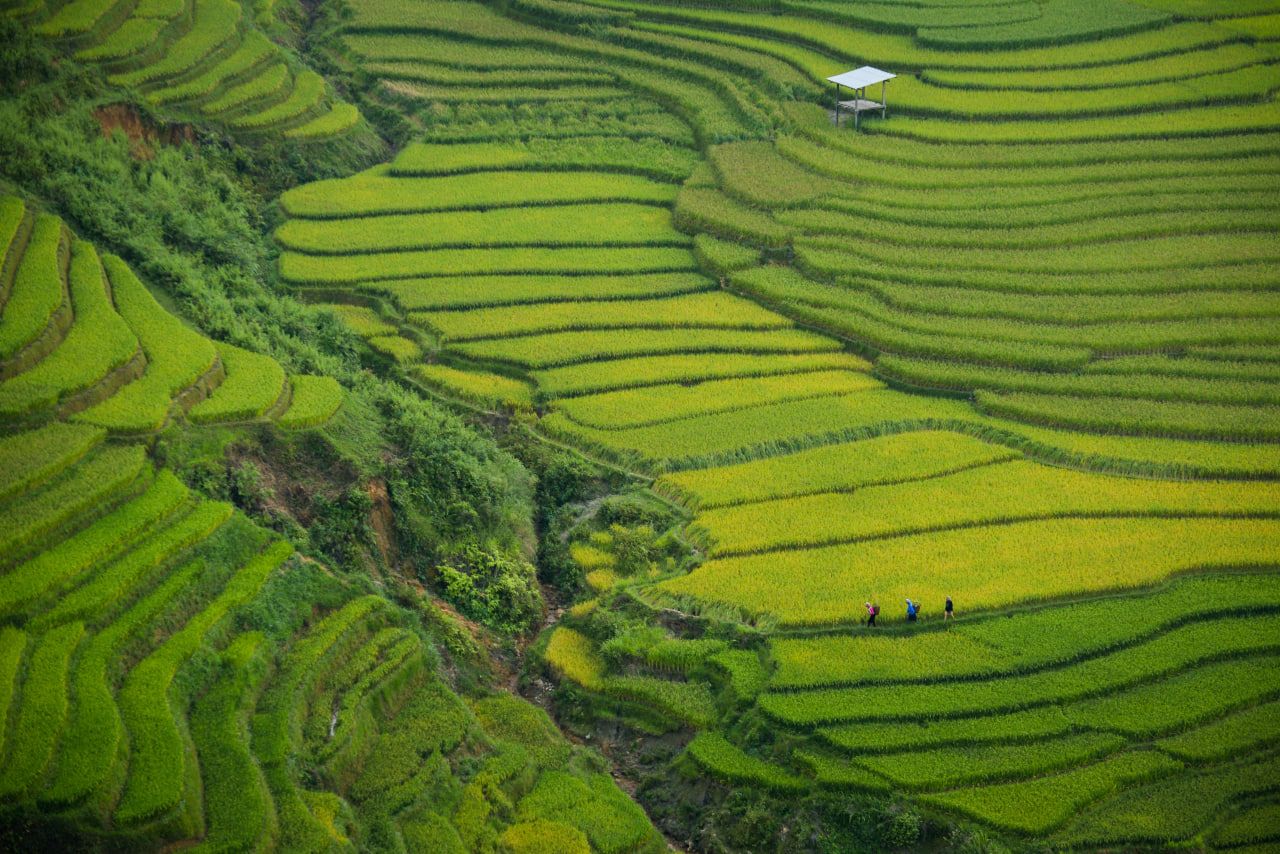- Why Choose Vietnam for a School Trip?
- Step-by-Step Guide to Creating an Engaging Itinerary for a Vietnam School Trip
Planning a school trip to Vietnam can be a thrilling and educational experience for both students and teachers. This Southeast Asian gem offers a rich tapestry of history, culture, and natural beauty that can provide valuable learning opportunities. To ensure your Vietnam school trip is engaging, educational, and memorable, it’s essential to create a well-structured itinerary. In this guide, we’ll walk you through the steps to design an itinerary that captivates students and meets educational objectives, while adhering to SEO best practices to help you find this information easily.
Why Choose Vietnam for a School Trip?
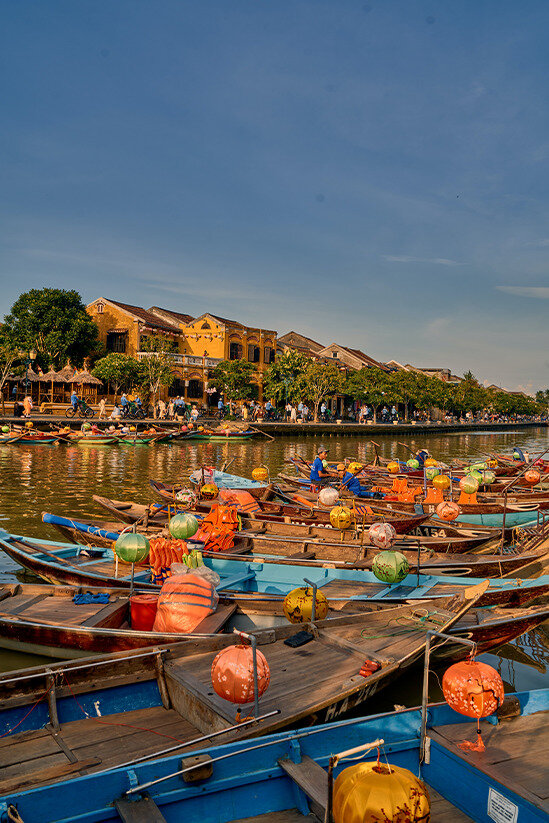
Vietnam is a country with a unique blend of history, culture, and natural wonders. From bustling cities and ancient temples to serene landscapes and vibrant markets, Vietnam offers diverse experiences that can enhance students’ understanding of global cultures and histories. Key reasons to choose Vietnam include:
- Historical Significance: Vietnam’s history spans from ancient dynasties to French colonization and the Vietnam War, offering a multitude of historical sites and museums.
- Cultural Immersion: Vietnamese culture, with its unique customs, traditional music, dance, and festivals, provides rich cultural exposure.
- Natural Beauty: Vietnam’s diverse landscapes, from the limestone karsts of Ha Long Bay to the lush Mekong Delta, offer stunning natural beauty.
- Educational Opportunities: The country offers numerous opportunities for learning in various fields such as history, geography, biology, and social studies.
Step-by-Step Guide to Creating an Engaging Itinerary for a Vietnam School Trip
Step 1: Define Educational Objectives
Before you start planning, it’s crucial to outline the educational goals of the trip. Are you focusing on history, culture, geography, or a combination of these? Understanding your objectives will help in selecting the right destinations and activities.
Step 2: Research and Select Destinations
Vietnam offers a wide range of destinations that can fulfill various educational objectives. Here are some top recommendations:
1. Hanoi
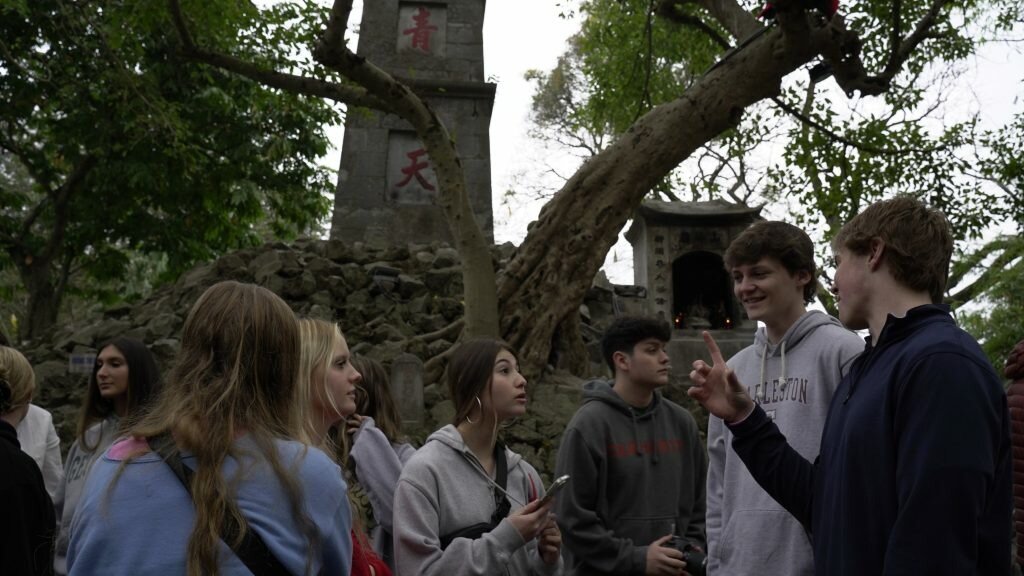
Educational Focus: History and Culture
As the capital of Vietnam, Hanoi is a bustling city rich in history and culture. Students can explore the Ho Chi Minh Mausoleum, where they can learn about the life and legacy of the famous Vietnamese leader. The Temple of Literature, Vietnam’s first university, offers insights into the country’s educational heritage. The Old Quarter, with its narrow streets and traditional shops, provides a glimpse into Hanoi’s vibrant local life.
2. Ha Long Bay

Educational Focus: Geography and Environmental Science
Ha Long Bay is a UNESCO World Heritage Site known for its emerald waters and towering limestone islands. A boat tour around the bay allows students to study its unique geological formations and diverse marine ecosystems. Kayaking and visiting caves like Sung Sot (Surprise Cave) can provide practical lessons in geology and environmental science.
3. Hue
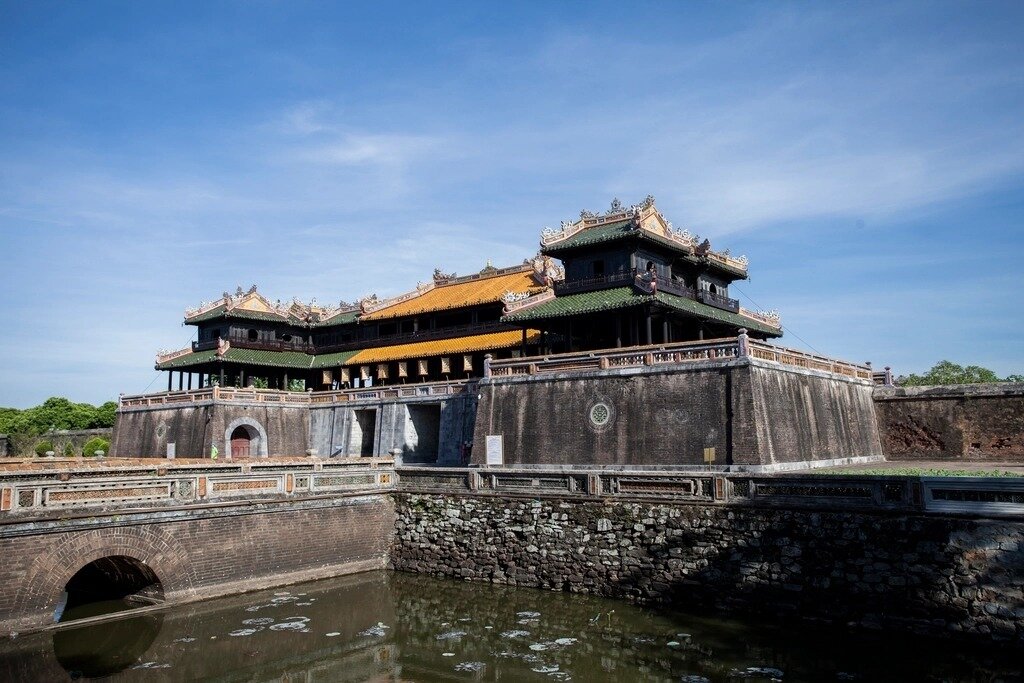
Educational Focus: History
Hue, the former imperial capital of Vietnam, is an essential stop for understanding the country’s royal history. The Imperial City, a sprawling complex of palaces, temples, and gardens, offers a deep dive into the Nguyen Dynasty. Students can also visit the Tombs of the Emperors, which showcase Vietnam’s rich architectural heritage.
4. Hoi An

Educational Focus: Cultural Studies and Architecture
Hoi An is an ancient town known for its well-preserved architecture and vibrant cultural scene. Walking tours of the old town can highlight its blend of different architectural styles, from Chinese temples to French colonial buildings. Workshops in traditional lantern making or Vietnamese cooking classes can enrich the cultural experience.
5. Ho Chi Minh City (Saigon)
Educational Focus: Modern History and Economics
Ho Chi Minh City is Vietnam’s largest and most dynamic city. Key sites include the War Remnants Museum, which provides a poignant look at the Vietnam War, and the Cu Chi Tunnels, offering firsthand experience of wartime ingenuity. A visit to the Ben Thanh Market introduces students to local commerce and trade.
6. Mekong Delta
Educational Focus: Agriculture and Rural Life
The Mekong Delta is known as the “Rice Bowl” of Vietnam due to its extensive rice paddies and lush landscapes. Students can explore floating markets, where locals sell goods directly from their boats, and visit fruit orchards and rice fields to learn about agricultural practices. Homestays in local villages offer immersive cultural experiences.
7. Sapa
Educational Focus: Ethnography and Geography
Sapa is a mountainous region in northern Vietnam known for its stunning terraced rice fields and diverse ethnic minority communities. Trekking through the hills and visiting local villages such as Cat Cat and Ta Van provide opportunities to study the geography and the traditional lifestyles of the Hmong, Dao, and other ethnic groups.
8. Phong Nha-Ke Bang National Park
Educational Focus: Geology and Biology
This UNESCO World Heritage Site is home to some of the world’s most impressive caves, including Son Doong, the largest cave in the world. Students can explore the park’s extensive cave systems and learn about karst landscapes, as well as the diverse flora and fauna that inhabit the region.
9. My Son Sanctuary
Educational Focus: Archaeology and History
My Son Sanctuary is an ancient Cham civilization site that dates back to the 4th century. The Hindu temples and towers offer insights into the spiritual and architectural heritage of the Champa Kingdom. Archaeology students will find the restoration efforts and history of the site particularly engaging.
10. Can Tho
Educational Focus: Urban Development and Water Management
Located in the heart of the Mekong Delta, Can Tho is known for its floating markets and rural landscapes. A visit to the Cai Rang Floating Market shows the ingenuity of water-based trade. Students can learn about the challenges and innovations in water management and urban
Creating an Engaging Itinerary
With these diverse destinations, you can create a well-rounded and engaging itinerary for a school trip to Vietnam. Here’s a detailed sample itinerary for a 10-day trip:
Sample Itinerary for a 10-Day Vietnam School Trip
Day 1: Arrival in Hanoi
- Morning: Arrive in Hanoi, transfer to hotel.
- Afternoon: Orientation session and brief city tour.
- Evening: Welcome dinner and cultural introduction.
Day 2: Exploring Hanoi
- Morning: Visit the Ho Chi Minh Mausoleum and the Presidential Palace.
- Afternoon: Explore the Temple of Literature and the Vietnam Museum of Ethnology.
- Evening: Water puppet show.
Day 3: Ha Long Bay
- Morning: Travel to Ha Long Bay.
- Afternoon: Boat tour of Ha Long Bay, kayaking, and cave exploration.
- Evening: Overnight on a boat in the bay.
Day 4: Ha Long Bay to Hue
- Morning: Continue exploring Ha Long Bay.
- Afternoon: Return to Hanoi, flight to Hue.
- Evening: Check into hotel in Hue.
Day 5: Discovering Hue
- Morning: Visit the Imperial City.
- Afternoon: Explore the Tombs of the Emperors and Thien Mu Pagoda.
- Evening: Group reflection and discussion.
Day 6: Journey to Hoi An
- Morning: Travel to Hoi An, visit Marble Mountains en route.
- Afternoon: Walking tour of Hoi An’s ancient town.
- Evening: Lantern making workshop.
Day 7: Cultural Immersion in Hoi An
- Morning: Vietnamese cooking class.
- Afternoon: Visit local markets and Japanese Covered Bridge.
- Evening: Free time to explore Hoi An.
Day 8: Ho Chi Minh City
- Morning: Flight to Ho Chi Minh City.
- Afternoon: Visit the War Remnants Museum and Reunification Palace.
- Evening: Explore Ben Thanh Market.
Day 9: Cu Chi Tunnels and Mekong Delta
- Morning: Tour of Cu Chi Tunnels.
- Afternoon: Travel to the Mekong Delta, boat ride on the river.
- Evening: Homestay in a local village.
Day 10: Mekong Delta to Ho Chi Minh City
- Morning: Explore local markets and fruit orchards.
- Afternoon: Return to Ho Chi Minh City.
- Evening: Farewell dinner and reflection session.
Tips for an Engaging School Trip
- Interactive Learning: Incorporate activities such as cooking classes, craft workshops, and interactive museum tours to keep students engaged.
- Balanced Schedule: Ensure a mix of educational activities, cultural experiences, and free time to explore.
- Safety First: Prioritize student safety with detailed planning and reliable local guides.
- Pre-Trip Preparation: Educate students about Vietnamese culture, language basics, and trip objectives before departure.
- Reflection Sessions: Include daily reflection sessions for students to discuss and share their experiences and learnings.
Creating an engaging itinerary for a school trip to Vietnam involves careful planning and a mix of educational and interactive activities. By choosing diverse destinations like Hanoi, Ha Long Bay, Hue, Hoi An, and the Mekong Delta, you can provide students with a rich and immersive experience that enhances their understanding of Vietnam’s history, culture, and natural beauty. Follow these guidelines and tips to ensure a memorable and educational trip that meets your school’s objectives.
For more information and to start planning your school trip to Vietnam, visit Scivi Travel. Start planning today and give your students an unforgettable educational adventure that will change their lives!
